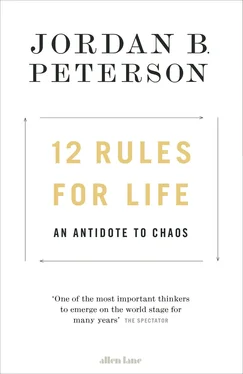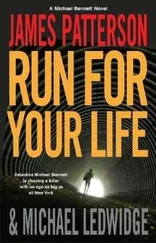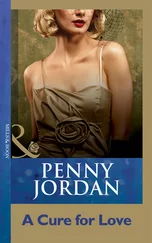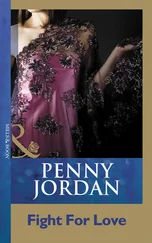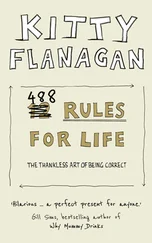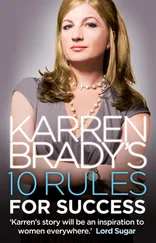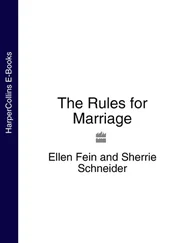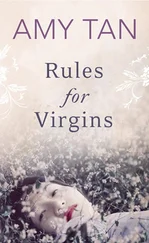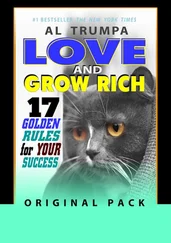Soon after, I answered another question: “What are the most valuable things everyone should know?” I wrote a list of rules, or maxims; some dead serious, some tongue-in-cheek—“Be grateful in spite of your suffering,” “Do not do things that you hate,” “Do not hide things in the fog,” and so on. The Quora readers appeared pleased with this list. They commented on and shared it. They said such things as “I’m definitely printing this list out and keeping it as a reference. Simply phenomenal,” and “You win Quora. We can just close the site now.” Students at the University of Toronto, where I teach, came up to me and told me how much they liked it. To date, my answer to “What are the most valuable things …” has been viewed by a hundred and twenty thousand people and been upvoted twenty-three hundred times. Only a few hundred of the roughly six hundred thousand questions on Quora have cracked the two-thousand-upvote barrier. My procrastination-induced musings hit a nerve. I had written a 99.9 percentile answer.
It was not obvious to me when I wrote the list of rules for living that it was going to perform so well. I had put a fair bit of care into all the sixty or so answers I submitted in the few months surrounding that post. Nonetheless, Quora provides market research at its finest. The respondents are anonymous. They’re disinterested, in the best sense. Their opinions are spontaneous and unbiased. So, I paid attention to the results, and thought about the reasons for that answer’s disproportionate success. Perhaps I struck the right balance between the familiar and the unfamiliar while formulating the rules. Perhaps people were drawn to the structure that such rules imply. Perhaps people just like lists.
A few months earlier, in March of 2012, I had received an email from a literary agent. She had heard me speak on CBC radio during a show entitled Just Say No to Happiness , where I had criticized the idea that happiness was the proper goal for life. Over the previous decades I had read more than my share of dark books about the twentieth century, focusing particularly on Nazi Germany and the Soviet Union. Aleksandr Solzhenitsyn, the great documenter of the slave-labour-camp horrors of the latter, once wrote that the “pitiful ideology” holding that “human beings are created for happiness” was an ideology “done in by the first blow of the work assigner’s cudgel.” [18001] Solzhenitsyn, A.I. (1975). The Gulag Archipelago 1918-1956: An experiment in literary investigation (Vol. 2). (T.P. Whitney, Trans.). New York: Harper & Row, p. 626.
In a crisis, the inevitable suffering that life entails can rapidly make a mockery of the idea that happiness is the proper pursuit of the individual. On the radio show, I suggested, instead, that a deeper meaning was required. I noted that the nature of such meaning was constantly re-presented in the great stories of the past, and that it had more to do with developing character in the face of suffering than with happiness. This is part of the long history of the present work.
From 1985 until 1999 I worked for about three hours a day on the only other book I have ever published: Maps of Meaning: The Architecture of Belief . During that time, and in the years since, I also taught a course on the material in that book, first at Harvard, and now at the University of Toronto. In 2013, observing the rise of YouTube, and because of the popularity of some work I had done with TVO, a Canadian public TV station, I decided to film my university and public lectures and place them online. They attracted an increasingly large audience—more than a million views by April 2016. The number of views has risen very dramatically since then (up to eighteen million as I write this), but that is in part because I became embroiled in a political controversy that drew an inordinate amount of attention.
That’s another story. Maybe even another book.
I proposed in Maps of Meaning that the great myths and religious stories of the past, particularly those derived from an earlier, oral tradition, were moral in their intent, rather than descriptive. Thus, they did not concern themselves with what the world was, as a scientist might have it, but with how a human being should act. I suggested that our ancestors portrayed the world as a stage—a drama—instead of a place of objects. I described how I had come to believe that the constituent elements of the world as drama were order and chaos, and not material things.
Order is where the people around you act according to well-understood social norms, and remain predictable and cooperative. It’s the world of social structure, explored territory, and familiarity. The state of Order is typically portrayed, symbolically—imaginatively—as masculine. It’s the Wise King and the Tyrant, forever bound together, as society is simultaneously structure and oppression.
Chaos, by contrast, is where—or when—something unexpected happens. Chaos emerges, in trivial form, when you tell a joke at a party with people you think you know and a silent and embarrassing chill falls over the gathering. Chaos is what emerges more catastrophically when you suddenly find yourself without employment, or are betrayed by a lover. As the antithesis of symbolically masculine order, it’s presented imaginatively as feminine. It’s the new and unpredictable suddenly emerging in the midst of the commonplace familiar. It’s Creation and Destruction, the source of new things and the destination of the dead (as nature, as opposed to culture, is simultaneously birth and demise).
Order and chaos are the yang and yin of the famous Taoist symbol: two serpents, head to tail. [11822] The yin/yang symbol is the second part of the more comprehensive five-part tajitu , a diagram representing both the original absolute unity and its division into the multiplicity of the observed world. This is discussed in more detail in Rule 2, below, as well as elsewhere in the book.
Order is the white, masculine serpent; Chaos, its black, feminine counterpart. The black dot in the white—and the white in the black—indicate the possibility of transformation: just when things seem secure, the unknown can loom, unexpectedly and large. Conversely, just when everything seems lost, new order can emerge from catastrophe and chaos.
For the Taoists, meaning is to be found on the border between the ever-entwined pair. To walk that border is to stay on the path of life, the divine Way.
And that’s much better than happiness.
The literary agent I referred to listened to the CBC radio broadcast where I discussed such issues. It left her asking herself deeper questions. She emailed me, asking if I had considered writing a book for a general audience. I had previously attempted to produce a more accessible version of Maps of Meaning , which is a very dense book. But I found that the spirit was neither in me during that attempt nor in the resultant manuscript. I think this was because I was imitating my former self, and my previous book, instead of occupying the place between order and chaos and producing something new. I suggested that she watch four of the lectures I had done for a TVO program called Big Ideas on my YouTube channel. I thought if she did that we could have a more informed and thorough discussion about what kind of topics I might address in a more publicly accessible book.
She contacted me a few weeks later, after watching all four lectures and discussing them with a colleague. Her interest had been further heightened, as had her commitment to the project. That was promising—and unexpected. I’m always surprised when people respond positively to what I am saying, given its seriousness and strange nature. I’m amazed I have been allowed (even encouraged) to teach what I taught first in Boston and now in Toronto. I’ve always thought that if people really noticed what I was teaching there would be Hell to pay. You can decide for yourself what truth there might be in that concern after reading this book. :)
Читать дальше
